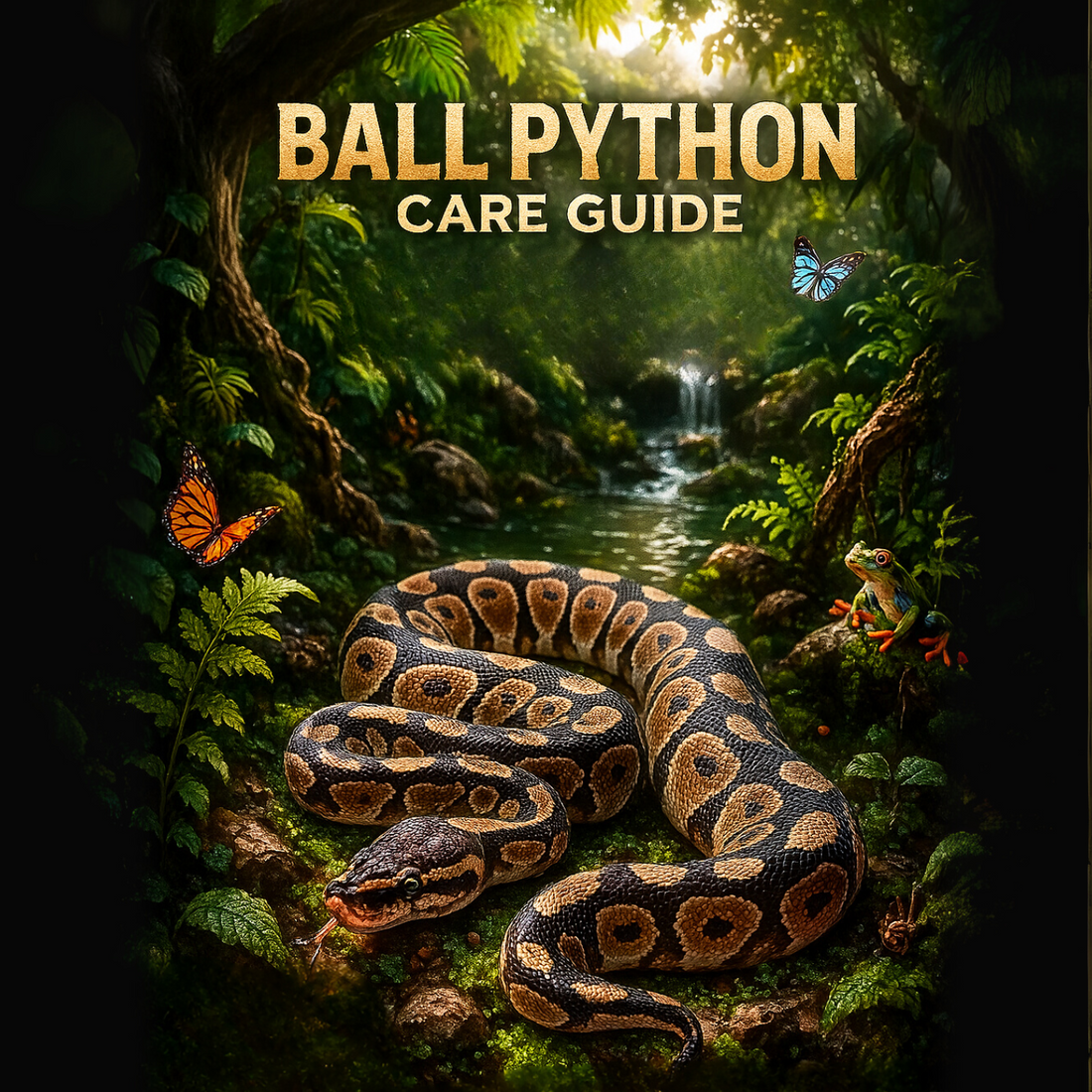
Ball Python Care Guide
Share
Natural Habitat
Ball pythons are native to the grasslands and savannas of West and Central Africa. They often hide in burrows or under brush, staying cool during the day and becoming active at night.
Difficulty Level: BEGINNER
Ball pythons are considered beginner-friendly snakes because of their manageable size, calm temperament, and relatively simple care needs.
Size & Lifespan
- Average size: 3–5 ft (females are usually larger)
- Lifespan: 20–30 years with proper care
Enclosure Setup
- Tank size:
- Hatchlings: 20-gallon long
- Adults: 40-gallon breeder minimum (bigger is better)
- Substrate: Cypress mulch, coconut husk, or paper towel (avoid cedar or pine)
- Hides: At least 2 (warm side & cool side) plus extra cover for security
- Climbing/Decor: Branches, fake plants, and secure hides
Heat, Humidity & Lighting
- Warm side: 88–92°F (use under-tank heater or heat mat with thermostat)
- Cool side: 75–80°F
- Ambient: ~80°F
- Night temp: Shouldn’t drop below 75°F
- Humidity: 50–60% (up to 70% during shedding)
- Lighting: Ball pythons don’t need UVB, but a day/night cycle helps regulate activity
Diet
- Food: Appropriately sized frozen/thawed rodents (mice or rats depending on snake size)
- Feeding schedule:
- Hatchlings/juveniles: every 5–7 days
- Adults: every 10–14 days
- Rule of thumb: Prey should be about the same width as the thickest part of your snake’s body
Vitamins & Minerals
Ball pythons do not need extra supplementation if fed whole rodents, as these provide complete nutrition.
Temperament & Handling
- Usually docile and easy to handle
- Always support their body fully
- Don’t handle for at least 48 hours after feeding (regurgitation risk)
- Avoid overhandling stressed or newly acquired snakes
